Storytime …
When we first walked the Tumalo Ranch property, we didn’t plan on making it our home. The original intention was to flip it as part of our design business. We would have gone through our typical 6-12 month process of refining, refreshing, and bringing a space back to life. But, as we moved through the early phases, something shifted. We started to see it not just for what it could become, but for how much it needed someone to care for it properly. The layout needed reworking. The scale didn’t feel livable for a growing family. The land had potential, but it was raw. So, we pivoted.
What was supposed to be a business flip turned into our personal project, a place we chose to pour a few years (and a lot of ourselves) into. That decision completely reshaped how we now approach any fixer.
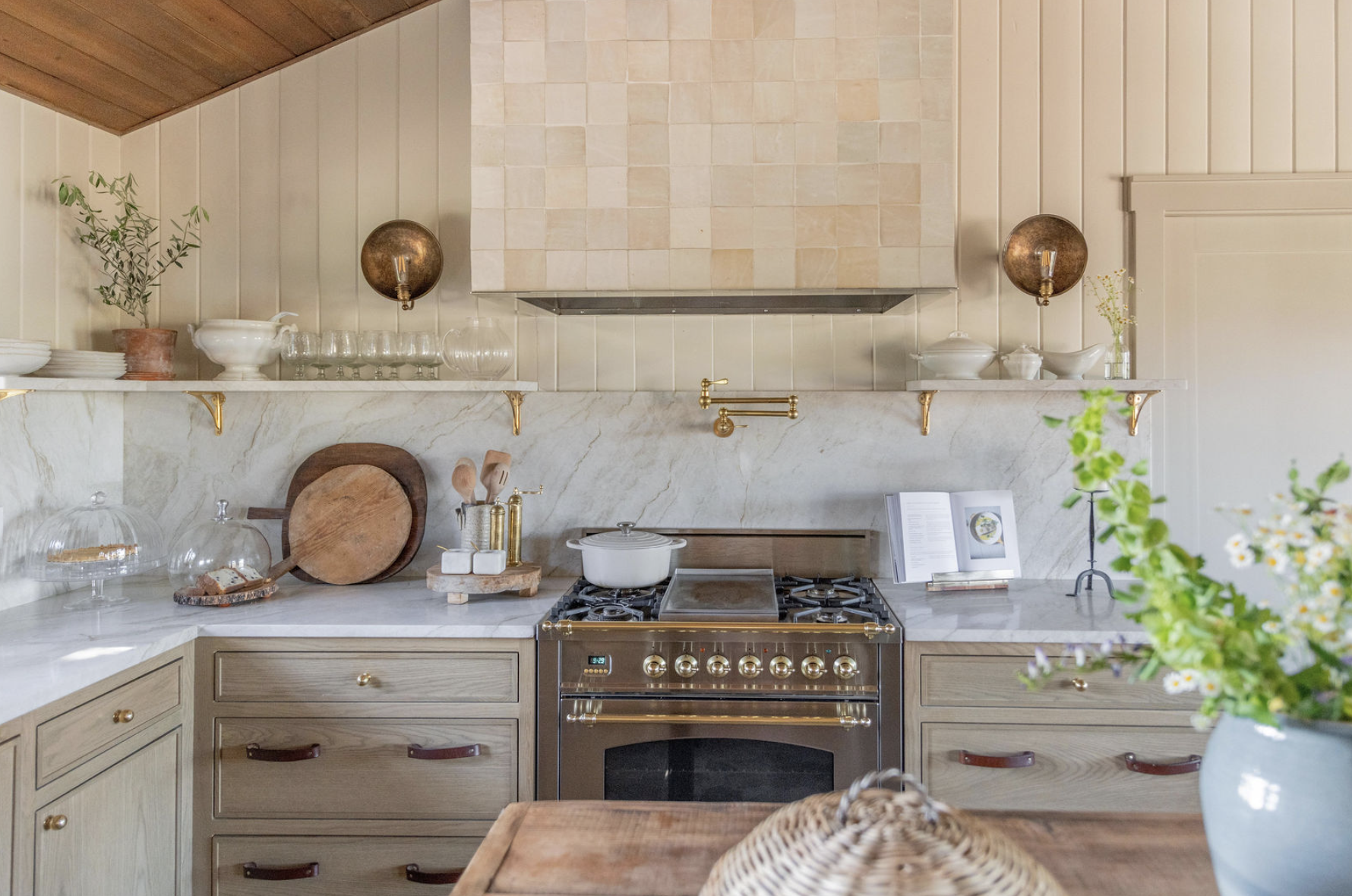
This renovation looked very different than a typical Clouz Houz flip. Most of our business projects are fast-moving and highly strategic. We’re working on tighter timelines and budgets, making mostly cosmetic changes that dramatically shift the look and feel of a space without major structural work. With Tumalo, we had the freedom to move slowly, thoughtfully, and prioritize design choices that made sense for our lifestyle — not just resale. We added square footage, upgraded mechanical systems, and made decisions based on long-term comfort, not just quick ROI. It was a whole different lens, and one that taught us a lot.
Now that the Tumalo home has officially sold (you can view the project here), we’re back to walking properties again. This time with fresh eyes and a long list of lessons learned.
Why This Guide Matters
Not every home is worth the time, effort, or money. But, there are properties that check enough of the right boxes to make the investment worth it (and not just financially). Whether you’re hoping to flip a house for profit, renovate your dream home over time, or just don’t know where to begin when touring homes that need “a little love,” this post is your starting point.
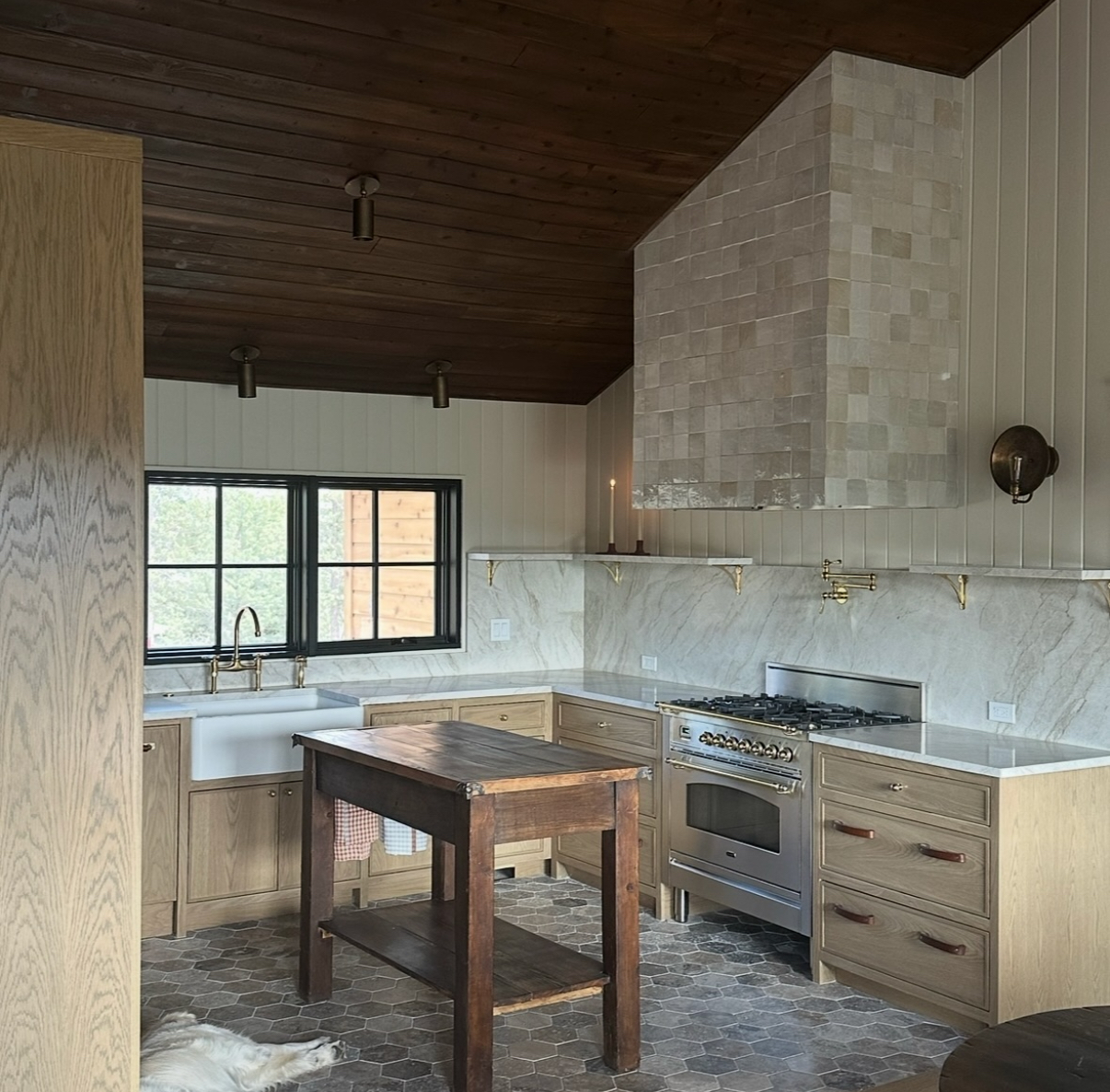
This is Part One of our renovation series. We’re peeling back the curtain on what we really look for when we walk a home. From layout quirks to construction red flags, neighborhood values to hidden charm … you’ll finish this post with a high-level, real-world framework you can use to evaluate any fixer-upper.
I’ve moved more times than I can count, and have spent the last 15+ years walking, renovating, living in, and flipping homes. I’ve made the mistakes … taken the risks. And now I know what’s worth jumping in for and what’s not. Hold on, this is going to be a detailed post so you know you can come back to all of this information whenever you’re ready to start your own home journey!
Let’s get into it.
What to Look for When Walking a Fixer
Part One: The Practical & Financial Framework
1. Start with the Bones: Structure, Systems, and Layout
Before you fall in love with the charm or potential, focus on what you can’t easily change. The big-ticket items that make or break a flip (or long-term reno) are often invisible to the untrained eye.
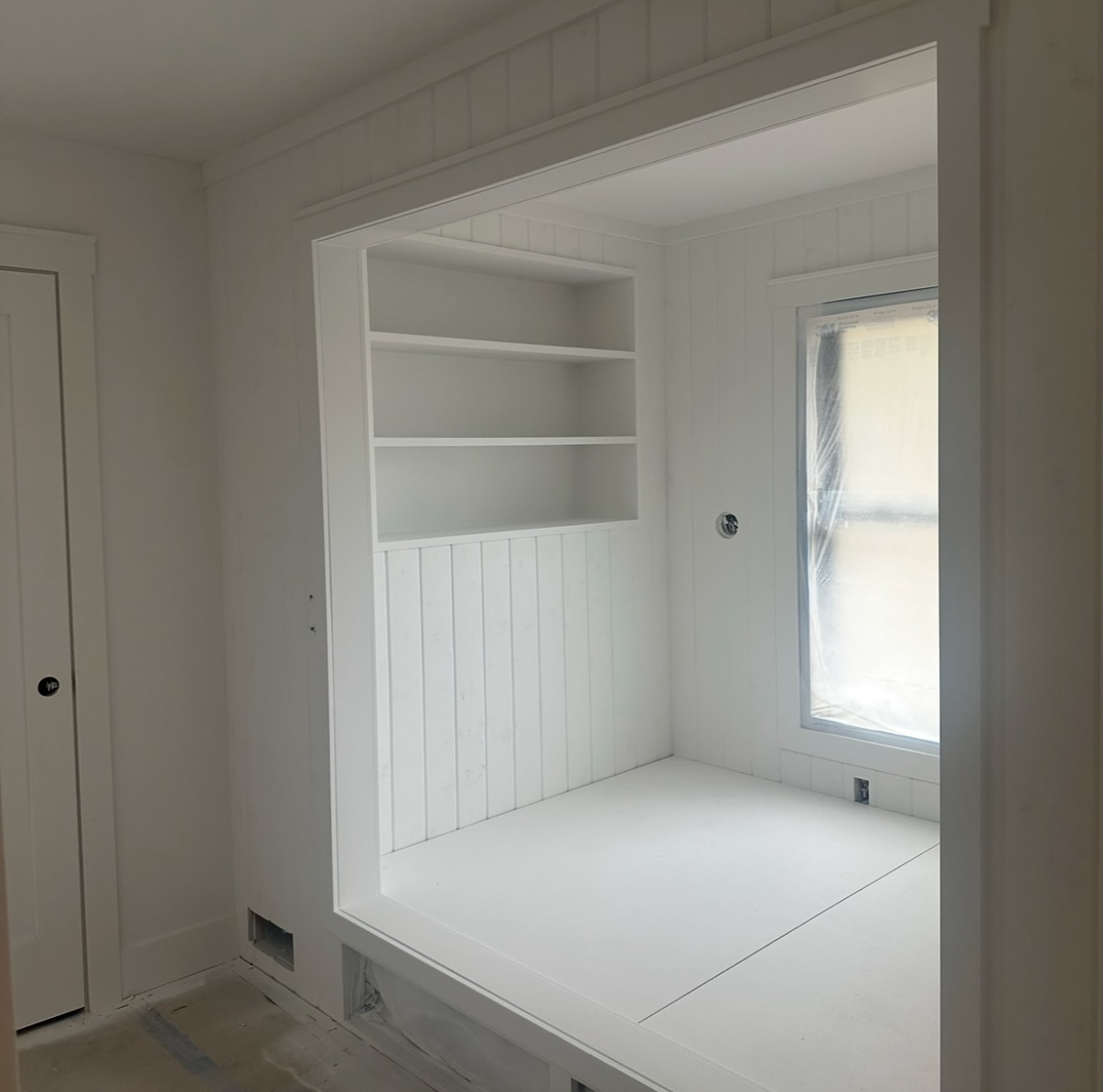
The Checklist
- Foundation and framing: Look for signs of settling, cracks, sloping floors, or water intrusion. These are expensive to fix.
- Roof age and material: Ask when it was last replaced. Roofs are a massive cost that can eat into margins fast.
- Plumbing and electrical: Outdated systems (like knob and tube wiring, or galvanized plumbing) may need a full overhaul to meet code.
- HVAC and insulation: If the home isn’t holding temperature well or the units are decades old, plan to budget accordingly.
- Windows and exterior doors: Are they drafty, broken, or inefficient? Upgrading them adds comfort and resale value.
Clouz Houz Tip: Most people get overwhelmed by cosmetic ugliness, but what you can’t see (or fix easily) should matter way more.
2. Layout, Flow, and Expandability
You can move walls, but you want to do it intentionally. Pay attention to how the house lives.
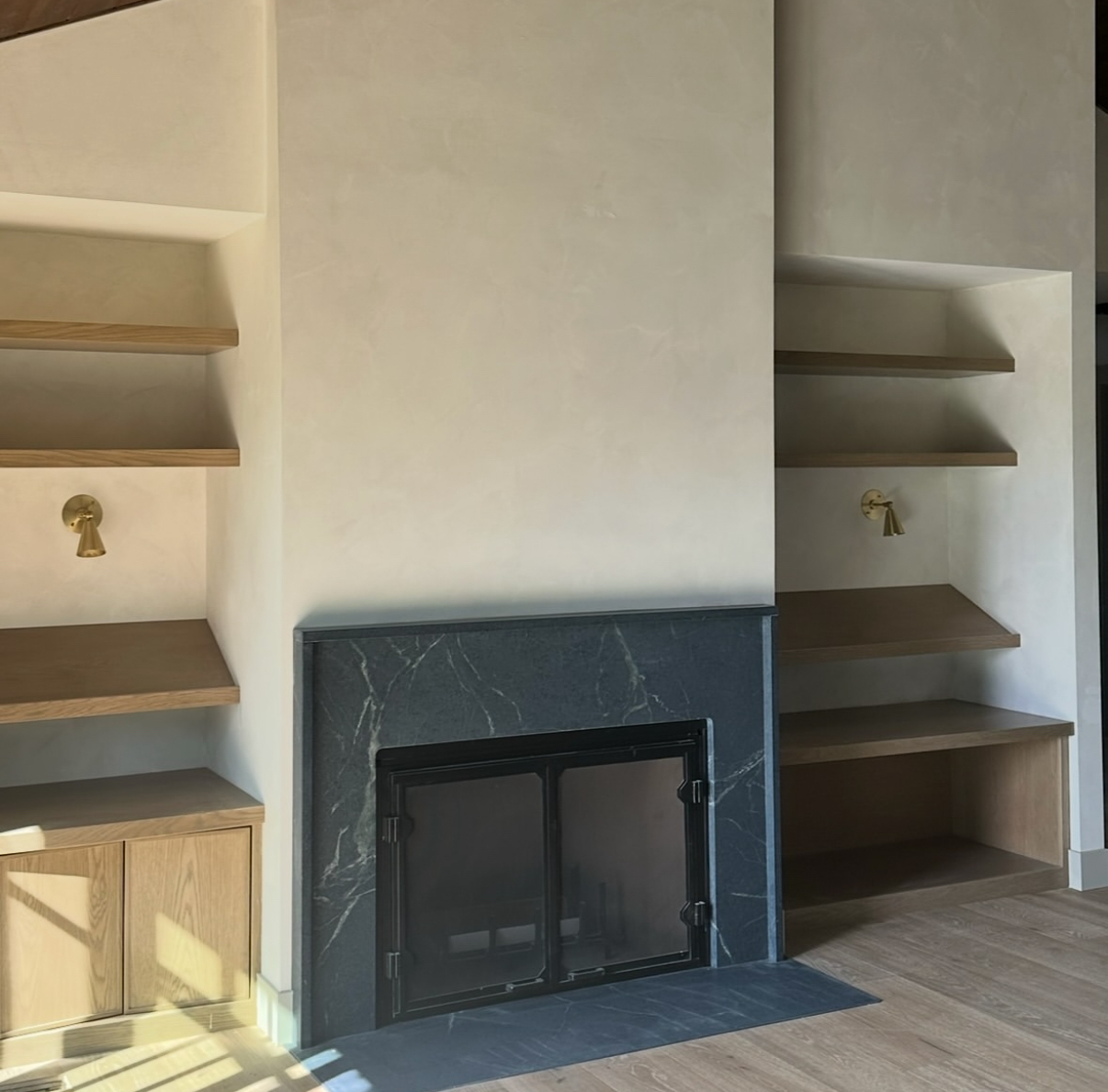
Key things to assess (and why I know where to look)
There’s a difference between walking into a problem-heavy (i.e. very costly) house and walking into a diamond in the rough—you just have to know how to spot the difference. And, that’s something I’ve learned firsthand. After living in, moving out of, and renovating more homes than I can count, I’ve developed an eye for what actually matters—and what’s just surface-level distraction.
One of the first things to look for is natural light. Not just where it exists, but where it’s lacking—and whether there’s potential to open things up. Light can completely transform a home, and I’ve seen this play out in our own projects time and again. Same goes for ceiling height. Even in a low-ceiling space, I ask myself: can we vault it? Is there a dropped soffit we can remove? The feeling of volume often matters more than square footage.
From a layout perspective, I always think about bedroom and bathroom count and where we can carve out more function—whether that’s through reconfiguring closets, converting a hallway, or adding a flex space. The kitchen is another big one. It doesn’t just need to be pretty—it needs to be in the right place. Does it connect to the living space? Can it become the true heart of the home?
What I’ve learned over time is that flow is fixable. A poorly laid-out house doesn’t always need a full gut renovation. Sometimes, moving a single doorway or removing a non-structural wall unlocks the entire plan. But you have to know where to look—and that instinct comes from doing it over and over again. At this point, I can walk into a house and mentally rearrange it before we even make it to the back door. It’s taken years of experience (and mistakes) to get there, but it’s what makes this process so exciting.
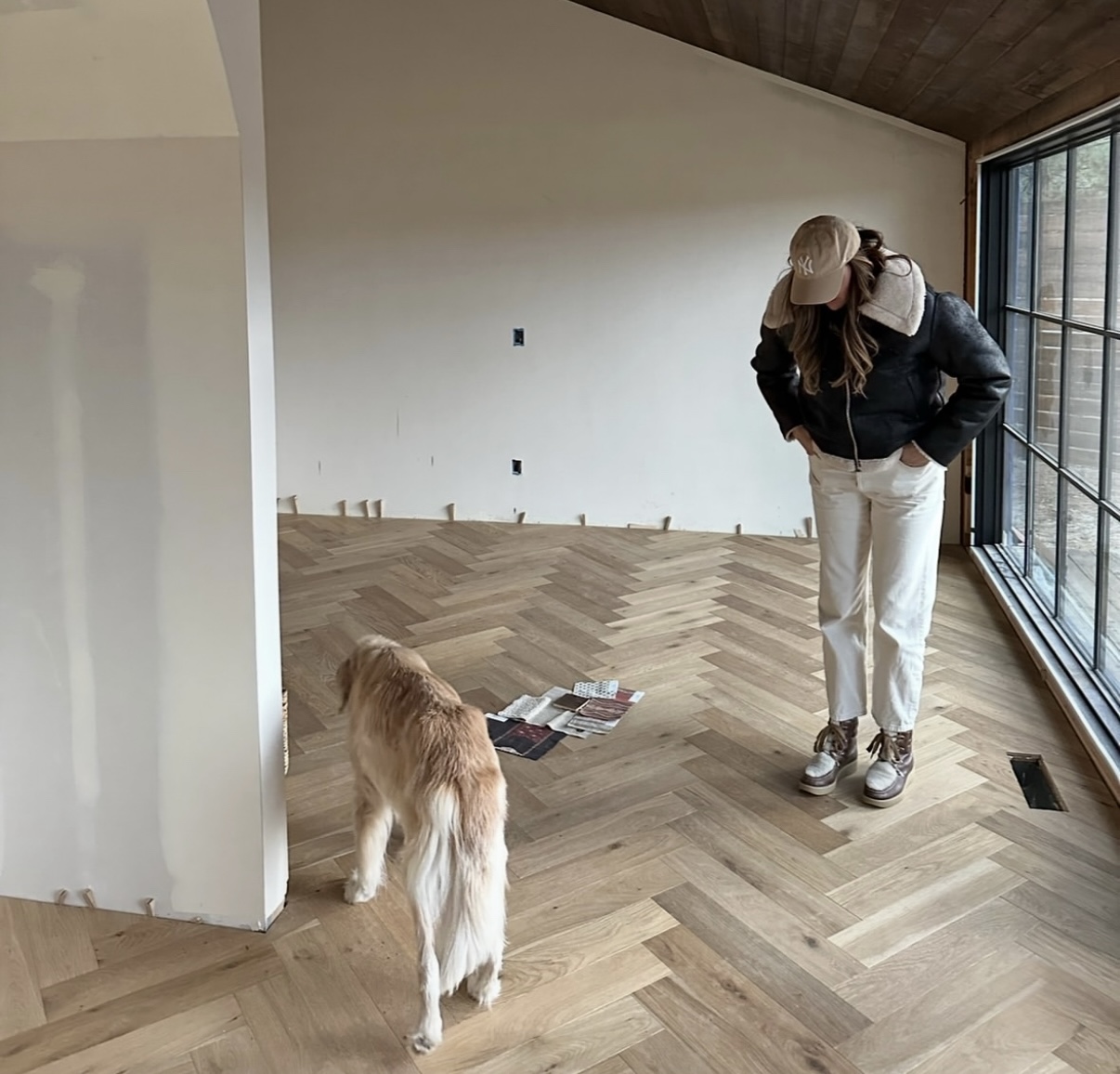
3. Know Your Numbers: Financial Feasibility
This part is less romantic, but it’s what determines whether the fixer is worth it.
Start with a rough formula:
- After Repair Value (ARV): Estimate resale value after renovations based on comps.
- Subtract desired profit margin (typically 10–20%)
- Subtract estimated renovation costs
- Subtract holding costs (mortgage, utilities, taxes while under construction)
- What’s left is your ideal purchase price.
Don’t forget:
- Permit fees, architect/engineer costs, and surprises always happen.
- Cosmetic flips are usually budgeted per square foot. Full guts? You’ll need contingency funds—often 10–15% of total reno budget.
Part Two: The Aesthetic Lens – Seeing Design Potential
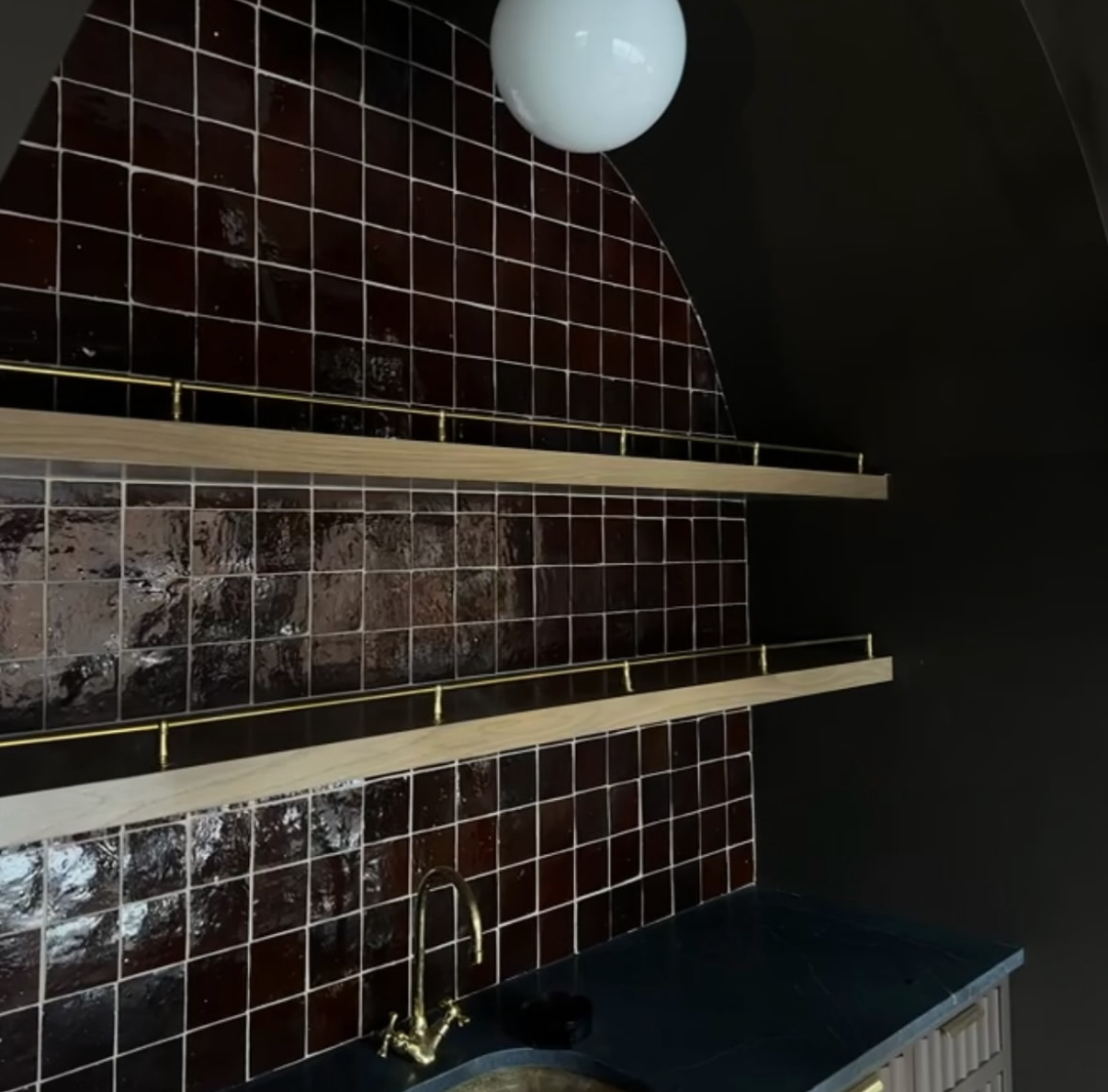
4. Character Features to Preserve
Some old houses have charm that’s irreplaceable. Others are blank slates. Spotting the difference matters. These are the soul of the home. Sometimes one single architectural detail is what gives a fixer its “wow” moment once finished. For instance, our ceilings at the Tumalo Ranch were a value add in the sense they added interest to the space. So, we used it to our benefit and sand-blasted it then stained for an entire new look, but still full of character.
Things worth saving or highlighting:
- Original hardwoods that can be refinished
- Solid wood built-ins or paneling (often just needs paint or restoration)
- Plaster walls or archways
- Brick fireplaces or stone surrounds
- Millwork or trim that adds story
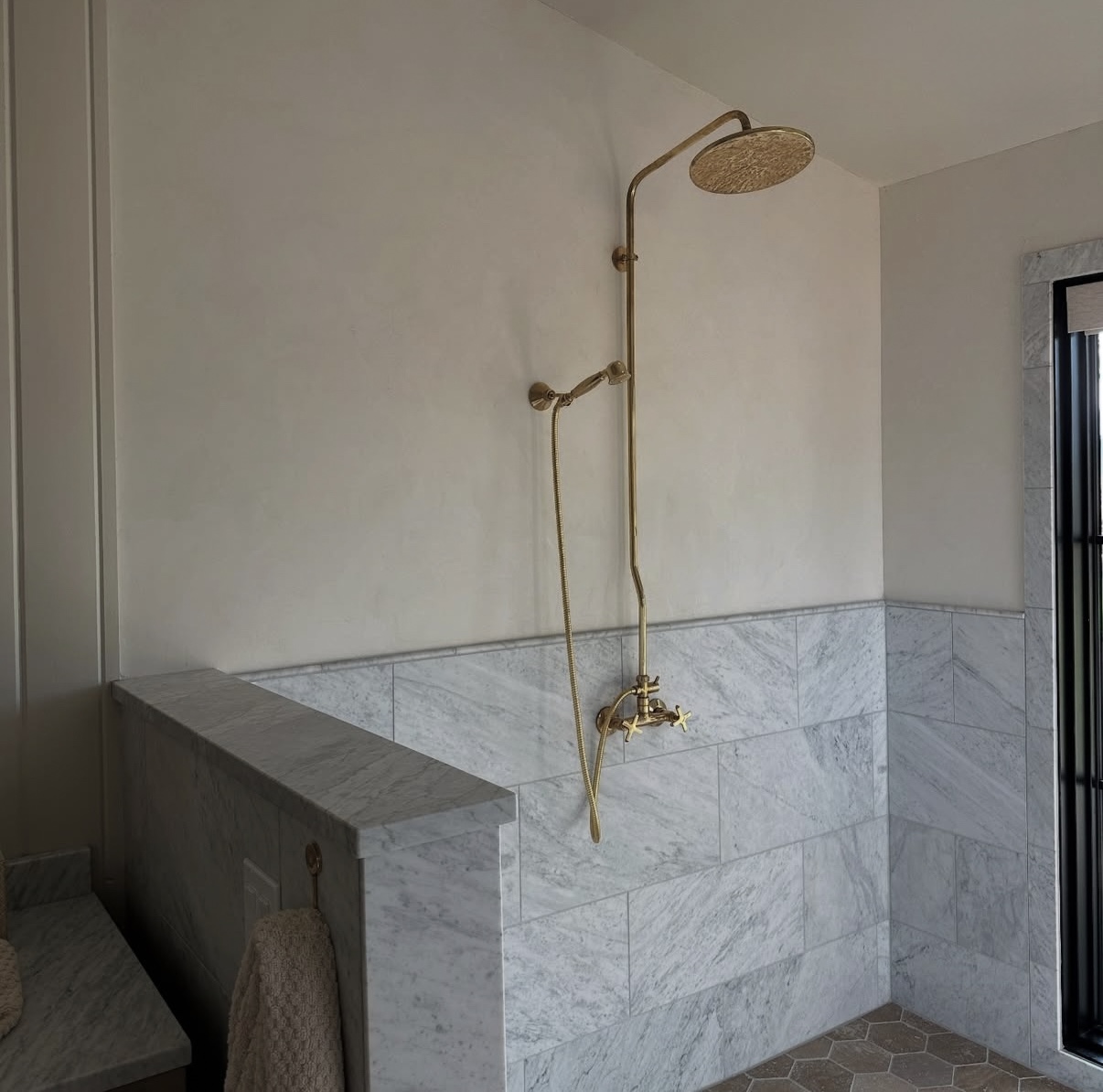
5. Surfaces & Materials You Can Easily Swap
A fixer isn’t scary if the issues are mostly finish-related:
- Old tile? Replaceable.
- Outdated cabinets? Paint or reface.
- Ugly countertops? New stone makes everything feel fresh.
- Bad lighting? Swapping fixtures has a huge impact for relatively little money.
- Dated wall colors? An easy fix that transforms a space.
Focus on finding a home with good volume and bad taste. Those are the best-case scenarios.
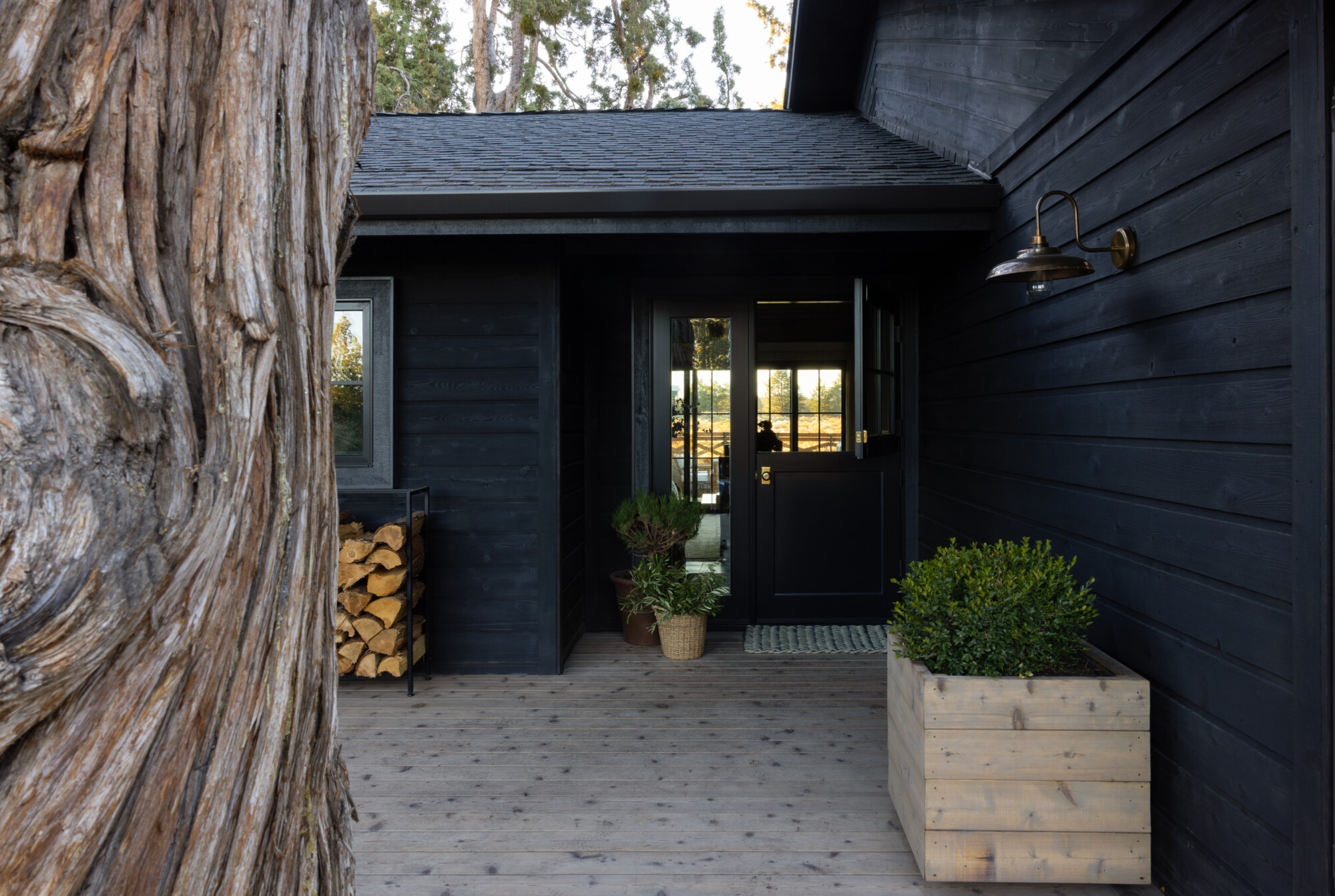
6. Curb Appeal & Landscaping Potential
Don’t let an overgrown yard, peeling paint, or outdated exterior be the reason you walk away. These elements are often some of the easiest (and most impactful) areas to improve. A home with solid bones and untapped landscaping potential can be a major equity builder with the right updates. Look beyond the surface for things like symmetry in the architecture (even if it’s hidden by shrubs or covered in old paint), or opportunities to refresh the exterior through painting or lime washing brick. A good lot size, natural backyard flow, and space for outdoor living (like a patio, dining area, or fire pit) are all worth noting. Also, consider the placement of the fence and what kind of privacy you could create with minimal effort.
Clouz Houz Tip: Double check if the neighborhood has HOA guidelines and parameters you must follow with considering potential upgrades to the exterior! Often times there are fence height restrictions, etc.
7. Neighborhood & Long-Term Value
Even the best reno can’t fix a bad location. Research matters. Buy the worst house in the right neighborhood, not the other way around. That’s how you protect your investment.
Do your homework!
- What are the neighborhood comps selling for post-reno?
- Are there signs of growth (new businesses, restaurants, city investment)?
- What’s the school district rating? Crime rates?
- Are there other homes being renovated on the block?
8. Scope Red Flags
This is where it can go wrong … fast.
Warning signs to be cautious of:
- One of the biggest is evidence of mold, termites, or major water damage. These issues are often hidden beneath the surface and can quickly turn into costly repairs if not properly remediated. It’s important to bring in a trusted inspector early if you suspect anything.
- Foundation or structural issues that haven’t been professionally assessed are another big concern. Hairline cracks can be normal in older homes, but significant settling or signs of movement, especially if there are uneven floors or sticking doors, may point to larger problems that impact safety and resale value.
- Be cautious of homes with additions or remodels that were done without permits. While it might not seem like a big deal at first, unpermitted work can cause headaches during inspections, appraisals, and resale. Plus, there’s no guarantee it was done up to code.
And these too …
- Also take note if the home has been sitting on the market for an unusually long time. It could be overpriced or have hidden issues that have scared off other buyers. Either way, it’s worth asking questions and understanding the full story before moving forward.
- Finally, beware of sellers who won’t allow inspections or are unwilling to provide full disclosures. Transparency is key when buying a fixer, and if someone is dodging questions or withholding information, it’s usually a sign that something isn’t right. Always trust your gut, and don’t be afraid to walk away if it doesn’t feel right.
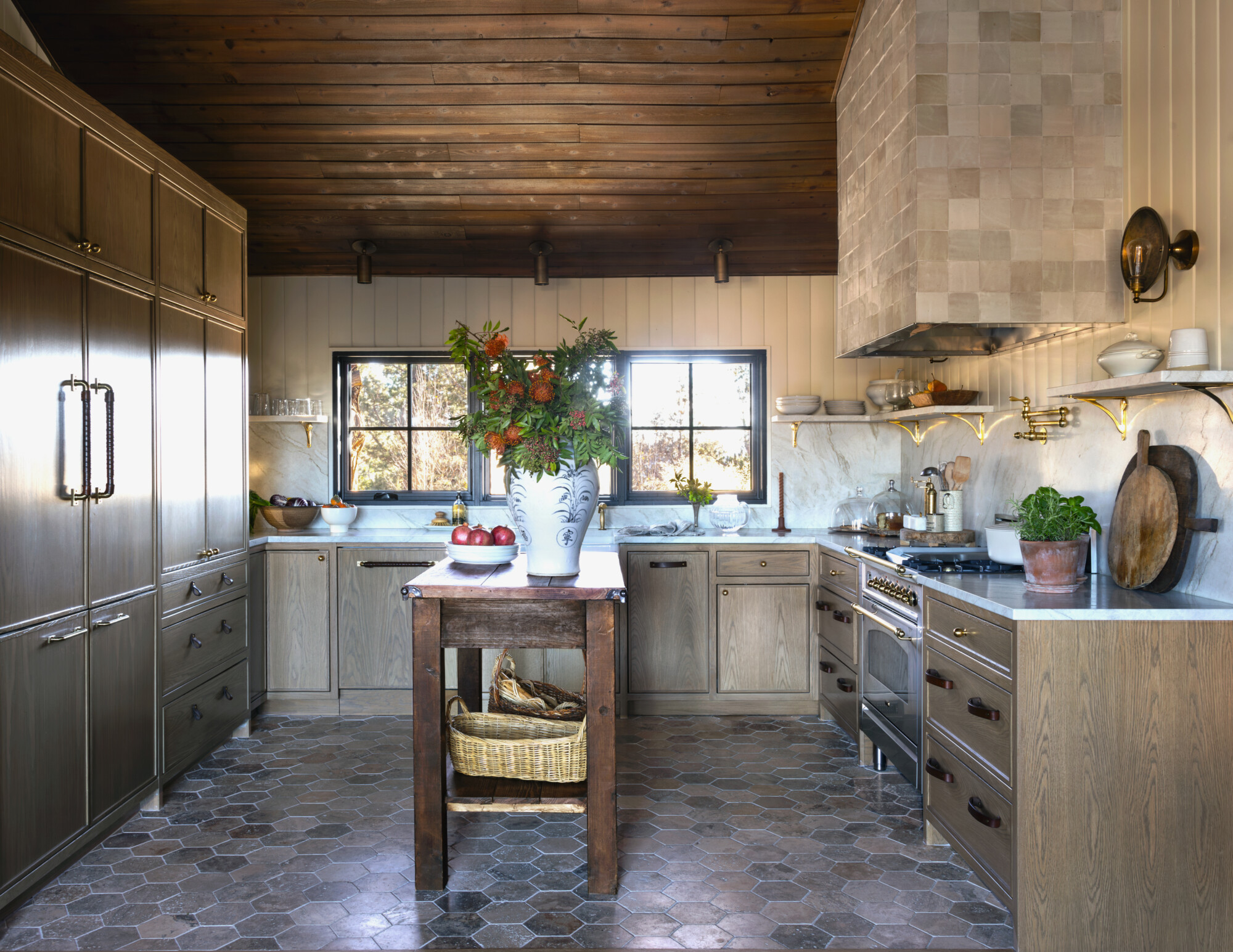
Now, as we begin searching for our next renovation, I’m excited to take you along for the ride. I thought it might be valuable (and honestly kind of fun) to walk you through the real-life scenarios. The wins, the compromises, the homes that almost check the boxes but fall short, and the ugly moments where you realize a place just won’t work, no matter how much potential you try to see in it. But make sure you’re following us on Instagram too because we are always sharing a bit more of the fun!
This is going to be a journey and I want it to feel like a story we’re telling together. Soon, we’ll be sharing more about what’s next for us: the neighborhoods we’re looking at, the towns we’re considering, and why. This blog post is just the beginning, and I hope it gives you a solid foundation if you’re dreaming of taking on a fixer of your own.
If nothing else, I want you to walk away from this knowing that you don’t have to be a pro to spot potential. You just need a clear head, an open mind, and the willingness to look past what is and to imagine what could be.
Need a little more direction?
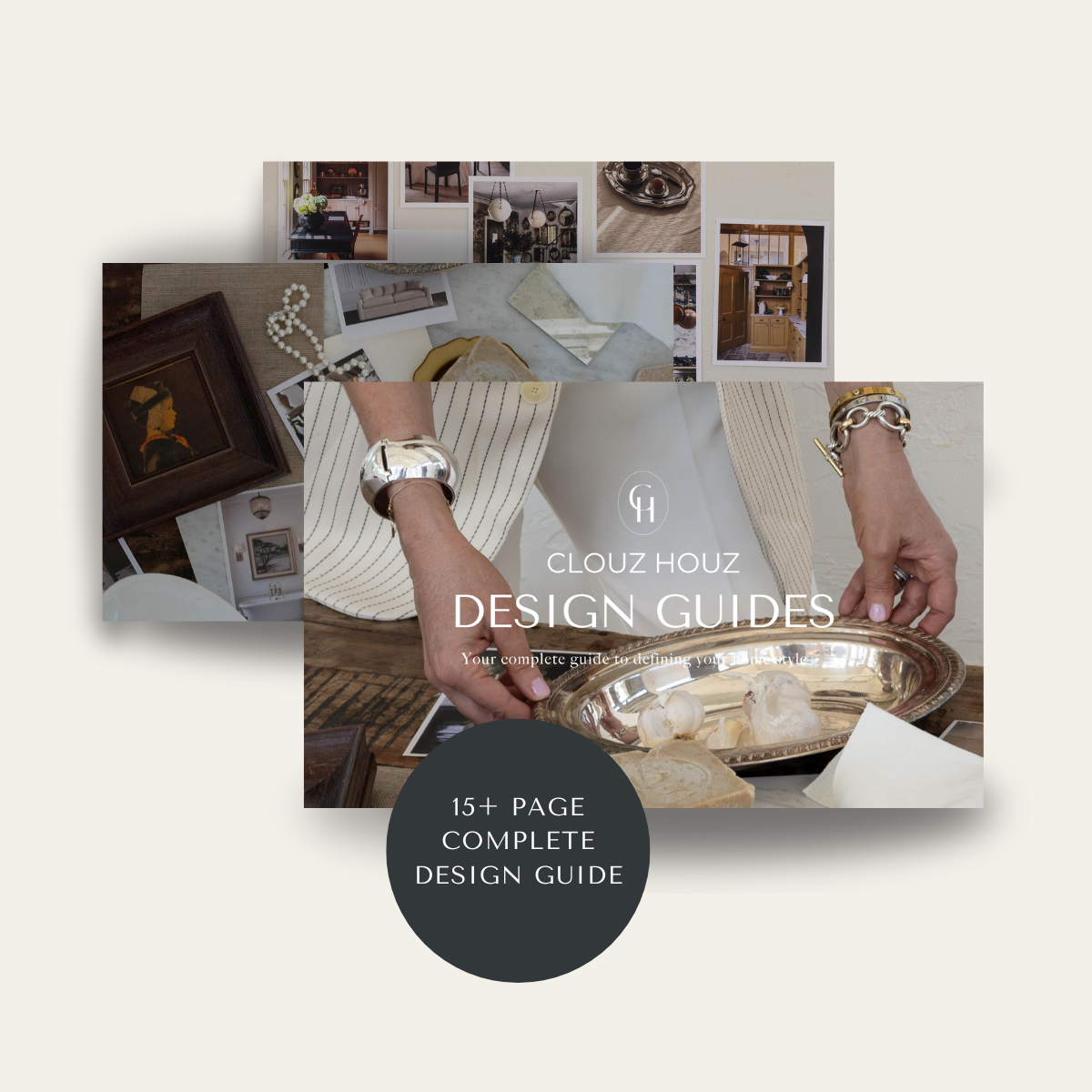
Are you struggling to define your style or figure out how to pull your space together? That’s exactly why we created our Clouz Houz Design Guides. They’ll help you design a space that feels cohesive, elevated, and personal … without hiring a designer.
Click here to explore the five curated styles, complete with inspiration boards, designer tips, and product links that make sourcing simple.
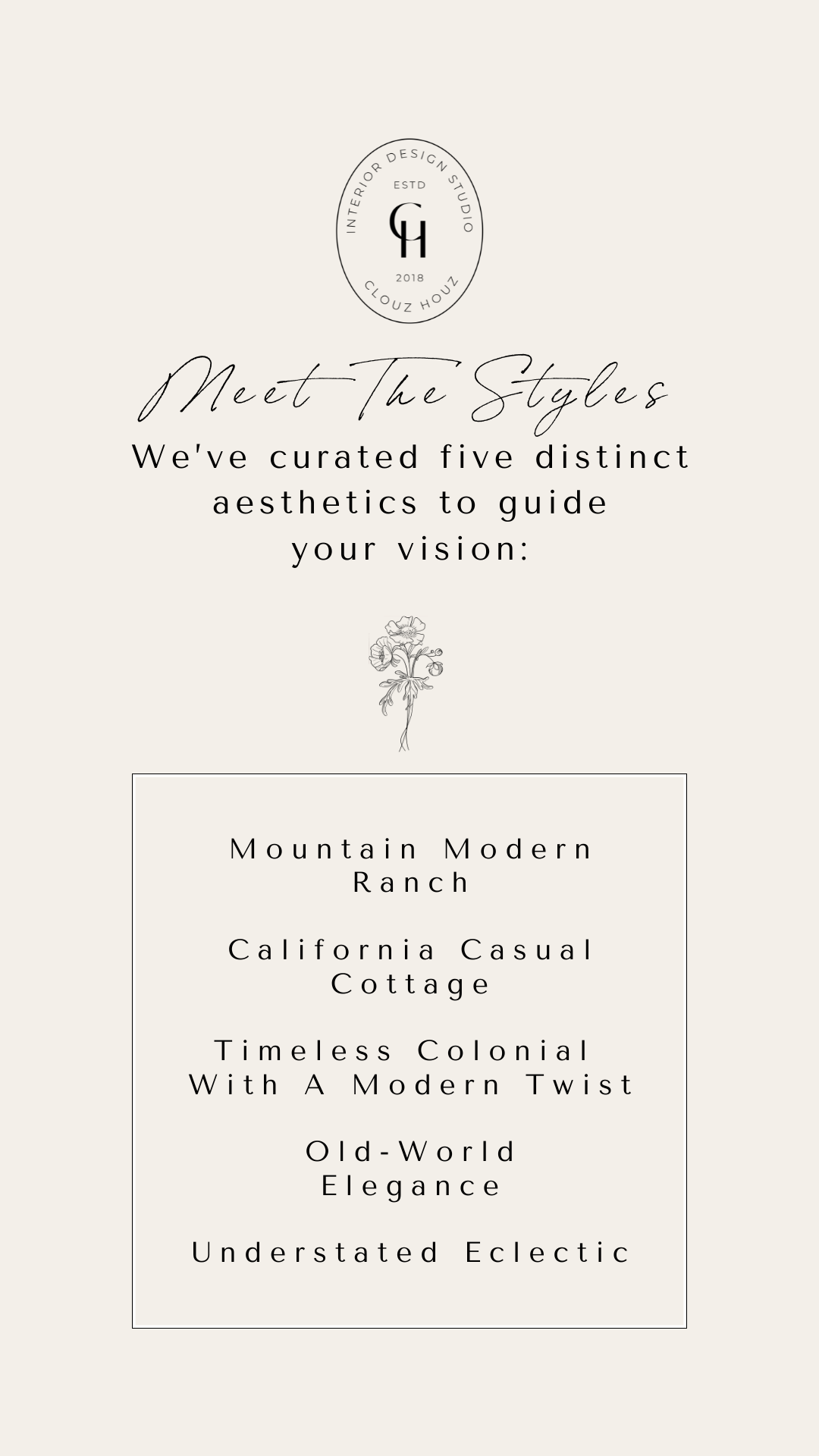
Not sure which one’s for you? Take our free quiz to discover which aesthetic best suits your space.
We’re here to help you move forward with confidence, and create a home that truly feels like yours.
P.S. Are you new to Clouz Houz? If you’d like to be in the know on all things home and lifestyle, subscribe now so you don’t miss a post! As a bonus, you’ll receive our exclusive 42-page ‘Paint Guide,’ which will help you select the perfect shades for your home. And, you’ll also receive our weekly newsletter, including special finds that are not on the blog — they’re only for subscribers.
Life is short. Make it beautiful!



